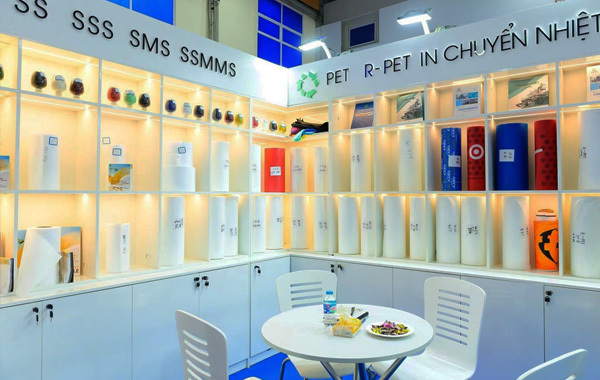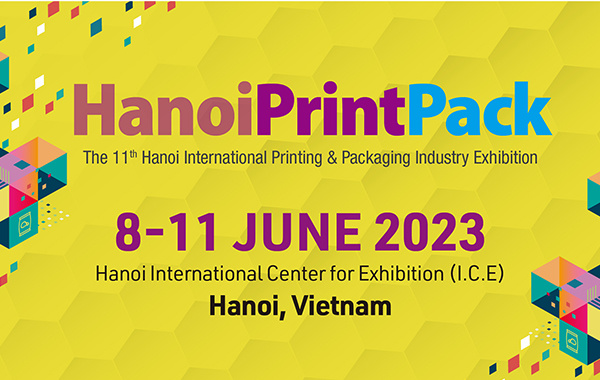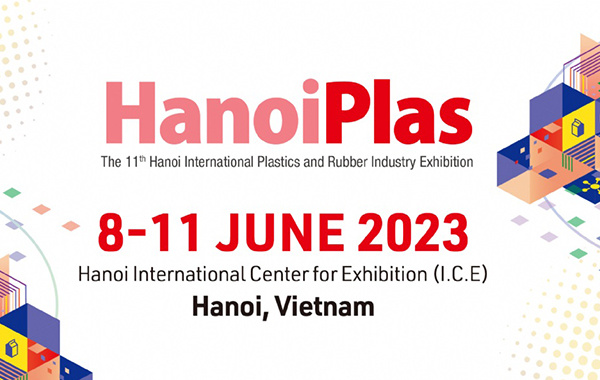Nonwoven medical protective material spunmelt vs spunlace
Release time:
Nov 23,2020
Non-woven medical protective materials were developed in the 1990s. At that time, some developed countries in Europe and America used advanced non-woven technology to develop a low-cost spunlace non-w
Non-woven medical protective materials were developed in the 1990s. At that time, some developed countries in Europe and America used advanced non-woven technology to develop a low-cost spunlace non-woven fabric with appearance and feel close to traditional textiles, which became a substitute for traditional textiles. The excellent material. Up to now, the processing methods of non-woven medical protective materials have been relatively mature. According to the different preparation technologies, currently there are mainly spunmelt (including flash evaporation), spunlace and needle punching.
Spunbond nonwoven technology, meltblown nonwoven technology, flash nonwoven technology
As a protective material, spunbond nonwovens meet the requirements in terms of strength and comfort, but are relatively weak in barrier properties. In response to this problem, fine denier spunbond technology has become a major research focus. The two-component spunbond spunlace technology first invented by the German Freudenberg company uses a hollow orange-petal spinning assembly to extrude a thin stream of melt from the spinneret, then cools, blows, and draws. The formed filaments are laid on the web curtain, and then the high-pressure spunlace technology is used to open and fix the web. Its barrier performance is relatively better than ordinary spunbonded or spunlace nonwoven materials, so it can be used as a medical protective material. Mogul, a Turkish nonwoven fabric manufacturer, recently launched a material that can be used in surgical gowns. The fiber after opening is 100 times thinner than hair, which can block microorganisms, has anti-blood and alcohol properties, and has good properties. Its moisture absorption, breathability and heat insulation, the microporous structure and protective properties of this nonwoven material make it an ideal material for medical protective clothing. The biggest feature of the melt blown method is that the fiber is very thin, the structure is fluffy after self-bonding, the porosity is high, the average pore size is small, and it has very good barrier properties, but the strength and wear resistance of the product are not high. Someone has made improvements on this basis, borrowing from spunbonding technology, under the condition that the fiber fineness remains unchanged, the thin stream of melt blown by hot air is cooled and blown for a short distance, and then the net is fixed by thermal bonding. , It is found that the strength of the product has been improved and it can be applied to occasions where the strength requirements are not too high. Taking into account the problems of thin meltblown fibers and poor compression resilience, the United States 3M company took the lead in developing intercalation meltblown technology, that is, in the process of traditional meltblown production, thick denier and high crimped fibers are sprayed into the meltblown fiber stream. Hollow elastic staple fiber, under the same weight, the compression resilience of the product is greatly improved, and the structure becomes more fluffy, and the air permeability and moisture permeability are also improved; in addition, the distance the particles pass through the material becomes longer and longer. The blocking effect is increased, which greatly improves the blocking effect on particles.
Another way that does not change the breathability and moisture permeability of the meltblown nonwoven material, but greatly improves the performance of blocking small particles is the electret method. The electret melt-blown nonwoven material can capture more particles with the opposite charge through the electrostatic adsorption mechanism, thereby greatly improving its filtration performance. In view of the poor barrier effect of spunbond nonwoven materials and the low strength of meltblown nonwoven materials, some people use spunbond fabrics as the surface layer with its strength and wear resistance, and use the barrier properties of meltblown fabrics as the core layer. The SMS composite nonwoven material was prepared. In view of the problem that most of the SMS composite protective materials use PP as the raw material and have poor protection against various radioactive materials, Liu Xing and others from Tianjin University of Technology cooperated with a certain navy department to use barium sulfate as a coating on the SMS material. It can prevent the penetration of radioactive materials, so it can be used for medical staff to avoid unnecessary radioactive material interference and cause disease, which plays a better role in isolation and protection. The coating material can also be made into the shape of slow-release microcapsules for coating. When subjected to external force, the microcapsules are broken and the protective performance is enhanced. Compared with SMS, because of the solution spinning method adopted in the flash evaporation technology, the solvent is a volatile organic solvent, which is more difficult to recover, and the higher concentration in the air can easily cause an explosion; in addition, in the production process, the spinning of the fiber Speed control is very difficult. At present, this technology is monopolized by DuPont (DuPont) of the United States. The protective clothing made of Tyvek, a flash vaporization product, combines protection, durability and comfort. It can protect workers from small particles as small as micrometers, but the cost is relatively low. Higher. Domestically, Xia Lei of Tianjin Polytechnic University and others are studying the localization technology of flash evaporation process. At present, they have established a pilot production line in cooperation with Shandong Qingdao Huashijie Environmental Protection Co., Ltd.
Spunlace nonwoven technology. For nonwoven materials in which short fibers are carded into a web and then spunlace fixed web, although it has great advantages in terms of wearability, such as soft skin, moisture absorption and breathability, but due to poor barrier properties, it can only As general medical materials, the protection performance is not very good. As early as 2009, the University of Leeds in the United Kingdom developed a type of functional spunlace nonwoven material. This material uses a special device to make the spunlace nonwoven material form a cavity structure in the process of spunlacing. Sustained release disinfectant capsules can be added. This kind of functional spunlace nonwoven material with slow-release disinfectant microcapsules can be made into cross-infection protection materials, and placed in the door handles, handrails and other places where the hospital is in contact with the human body. When the door is pushed or closed by hand, it becomes sick. The patient will pass the germs through the hand to the touch handle. At this time, the microcapsule will release the disinfectant under the pressure of the human hand to effectively kill the germs. Other patients or healthy people will not be infected if they touch the handle again. This kind of non-woven protective material for cross-infection prevention has been applied in some hospitals in the UK, and the effect is very good.
keywords
Previous Page:
Previous Page:





